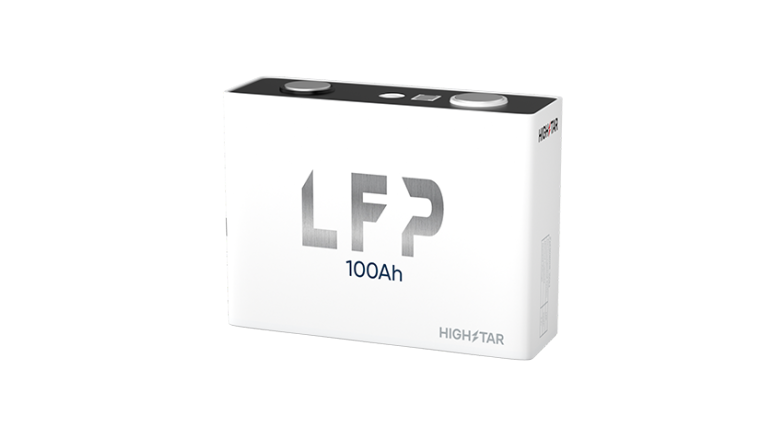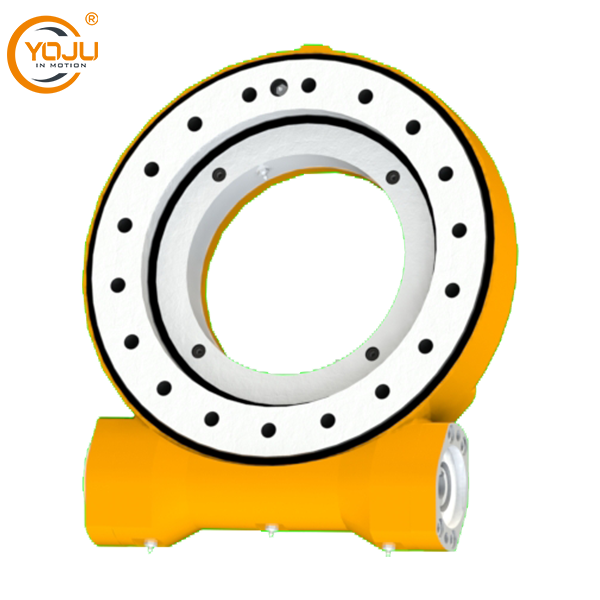The Clarity of Time: Evaluating the Benefits of Mineral Crystal in Watchmaking
When it comes to timepieces, the choice of materials can significantly influence both functionality and aesthetics. Among the various components that contribute to a watch's overall quality, the crystal—the transparent cover protecting the dial—plays a pivotal role. One common material used in watch crystals is mineral glass. But is mineral crystal good for a watch? This article delves into the characteristics, advantages, and limitations of mineral crystal, providing a comprehensive understanding for watch enthusiasts and potential buyers alike.
Understanding Mineral Crystal
Mineral crystal is a type of glass made from silica and other minerals, which undergoes a process of heating and cooling to achieve its final form. This material is widely used in the watch industry due to its affordability and decent scratch resistance compared to standard glass. Unlike synthetic sapphire, which is another popular crystal material, mineral crystal is more accessible and can be found in a variety of timepieces, from budget-friendly models to mid-range watches.
Advantages of Mineral Crystal
- Affordability: One of the most significant advantages of mineral crystal is its cost-effectiveness. For manufacturers, using mineral glass can lower production costs, allowing them to offer watches at competitive prices. This affordability makes mineral crystal an attractive option for entry-level and mid-range watches.
- Decent Scratch Resistance: While not as scratch-resistant as sapphire crystal, mineral glass does offer a reasonable level of protection against everyday wear and tear. It can withstand minor scratches and impacts, making it suitable for casual wear. For individuals who lead an active lifestyle, mineral crystal can provide a balance between durability and cost.
- Clarity and Light Transmission: Mineral crystal offers good optical clarity, allowing for clear visibility of the watch dial. The light transmission properties of mineral glass ensure that the colors and details of the watch face are vibrant and easy to read, enhancing the overall aesthetic appeal.
- Ease of Replacement: In the event of damage, replacing a mineral crystal is generally simpler and less expensive than replacing a sapphire crystal. This can be a significant advantage for watch owners who prefer to maintain their timepieces without incurring high repair costs.
Limitations of Mineral Crystal
- Scratch Vulnerability: Despite its decent scratch resistance, mineral crystal is still more prone to scratches than sapphire crystal. For individuals who frequently engage in activities that may expose their watch to abrasive surfaces, this could be a concern. Over time, scratches can accumulate, detracting from the watch's appearance and readability.
- Less Impact Resistance: While mineral crystal can withstand minor impacts, it is not as resilient as sapphire crystal. In situations where the watch may be subjected to significant shocks or drops, mineral glass may crack or shatter more easily, compromising the integrity of the timepiece.
- Limited Longevity: Mineral crystal may not have the same longevity as sapphire crystal. Over time, it can become clouded or develop micro-scratches that affect visibility. For collectors or those who view their watches as long-term investments, this could be a drawback.
Conclusion: Is Mineral Crystal Good for a Watch?
The answer to whether mineral crystal is good for a watch ultimately depends on the individual's needs and preferences. For budget-conscious consumers or those seeking a stylish timepiece for everyday wear, mineral crystal can be an excellent choice. It offers a balance of affordability, decent scratch resistance, and clarity, making it suitable for casual use.

